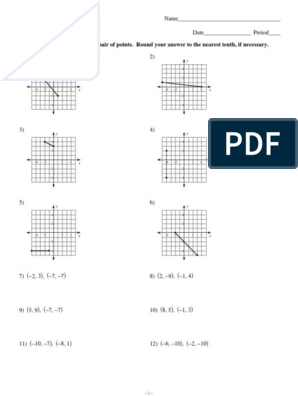50% found this document useful (2 votes)
994 views14 pagesTrigonometry Basics for Students
1) The document discusses trigonometric functions in the context of circles. It defines the six trigonometric functions in terms of the radius (r), x-value, and y-value of a right triangle inside a unit circle centered at the origin.
2) It presents "reduction formulae" showing relationships between trigonometric functions of angles that differ by 180° or 360°, such as sin(30°) = sin(150°) and sin(180°+30°) = -sin(30°).
3) It discusses measuring angles clockwise with negative values, and how the trig functions would be related, such as sin(-30°) = -sin(30°).
Uploaded by
Keri-ann MillarCopyright
© © All Rights Reserved
We take content rights seriously. If you suspect this is your content, claim it here.
Available Formats
Download as PDF, TXT or read online on Scribd
50% found this document useful (2 votes)
994 views14 pagesTrigonometry Basics for Students
1) The document discusses trigonometric functions in the context of circles. It defines the six trigonometric functions in terms of the radius (r), x-value, and y-value of a right triangle inside a unit circle centered at the origin.
2) It presents "reduction formulae" showing relationships between trigonometric functions of angles that differ by 180° or 360°, such as sin(30°) = sin(150°) and sin(180°+30°) = -sin(30°).
3) It discusses measuring angles clockwise with negative values, and how the trig functions would be related, such as sin(-30°) = -sin(30°).
Uploaded by
Keri-ann MillarCopyright
© © All Rights Reserved
We take content rights seriously. If you suspect this is your content, claim it here.
Available Formats
Download as PDF, TXT or read online on Scribd
/ 14





















































































































